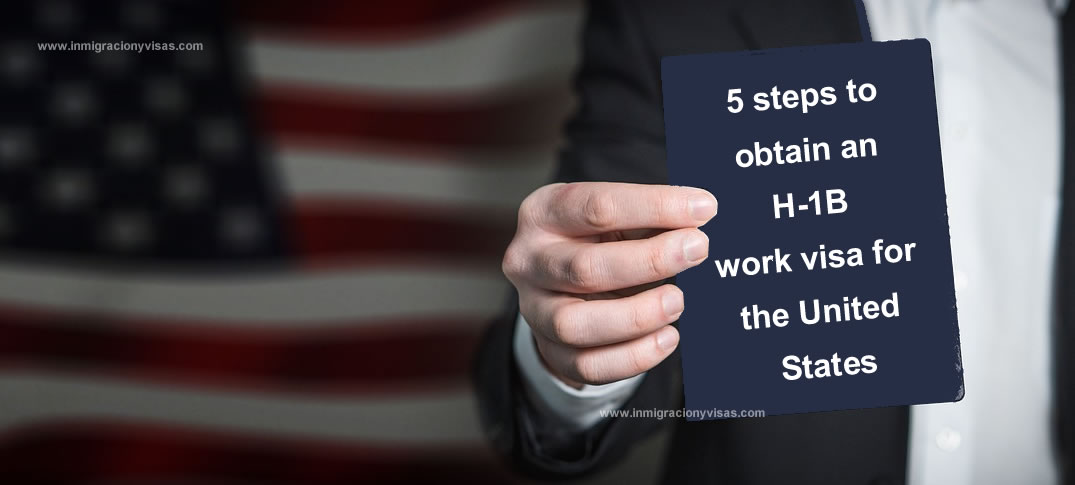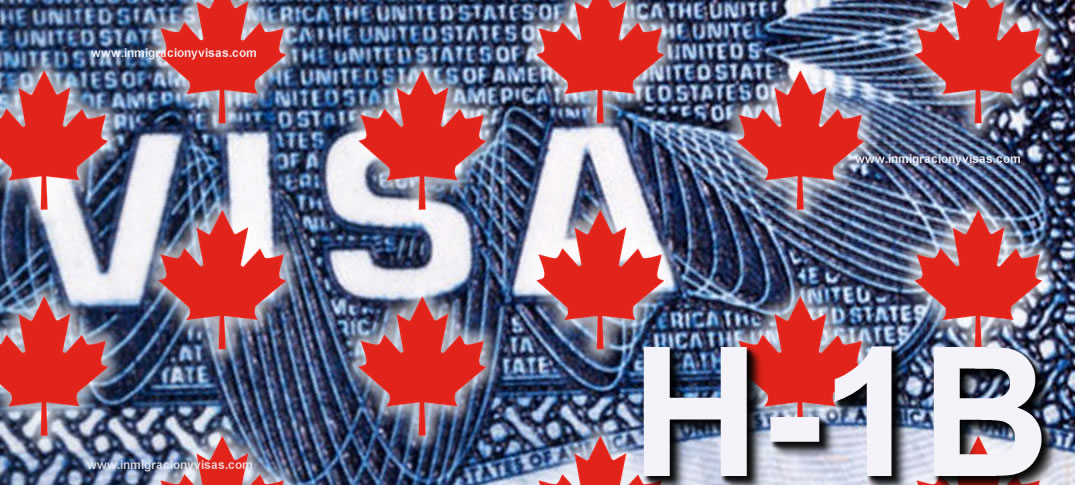
If you want to apply for an H-1B work visa for the United States, you must follow these steps...

By: Karen Aho www.immigrationimpact.com/
In June, the Canadian immigration minister announced a new initiative to attract high-tech talent to Canada — from the United States.
The Tech Talent Strategy targets foreign-born workers who have come to the United States to study or work but who may have difficulty receiving or renewing U.S. work visas to stay. In addition to expanding Canada’s startup visa, the initiative will create an open work permit p for H-1B visa holders in the United States.
“There’s no question … that we are in a global race for the same pool of talent with competitors around the entire world,” said Immigration Minister Sean Fraser, announcing the initiative in June. “In my view, Canada’s winning that race… but I think we can win it by an even larger margin.”
This is hardly a one-off for Canada. Nor is Canada alone in its efforts to recruit immigrants. For years, many nations across the world have been introducing policies to attract immigrants, who are crucial to these countries’ efforts to support their aging populations and compete in the global economy.
Meanwhile, the United States, which faces the same looming workforce shortages —particularly in the STEM and healthcare sectors—continues to rest on its laurels, relying on a decades-old immigration system that no longer meets our needs as a nation. As a result, America now has a smaller share of immigrants than many other countries, a notion once unthinkable in this “nation of immigrants.”
In 2021, just 13.7% of the U.S. population was foreign-born. By comparison, many countries that have been launching new and innovative immigration policies have become home to larger shares of immigrants. Below are examples from a few countries that have created new visa programs to attract skilled workers, entrepreneurs, and international students.
29.1% of the Australian population in 2021 was foreign-born. The country has instituted a startup visa program for entrepreneurs under 55 years old, granting them a streamlined path to residency and allowing their partners and children to work and study in the country. In addition, starting in the mid–1990s, Australia began expanding its skills-based immigration system and investing in international student recruitment. It is currently working on aligning post-graduate work permits with the country’s specific skill needs.
Immigrants made up more than 26% of New Zealand’s population in 2020. The country launched a startup visa in 2014 that now may waive the investment fee for entrepreneurs in science or information technology. It also allows their partners and dependents to work and study as nationals and offers residency after two years. New Zealand also launched a three-year open work visa for international students that does not require a job offer to stay after graduation. And this year, it is removing caps on the number of skilled workers who can obtain residency, an attempt to help businesses fill labor shortages.
23% of the Canadian population in 2021 was foreign-born. Its startup visa, made permanent in 2018, allows entrepreneurs with Canadian investments to receive government support and tax credits. Recipients of Canada’s startup visa also have immediate access to permanent residency that includes five founders and their families. The country has also implemented a number of programs to attract—and, critically, to keep—international students, also offering a three-year open work visa upon graduation and eligibility for permanent residency after one year of work. Canada’s fast-track visas for “high-end talent” have motivated dozens of U.S. companies to set up shop in the provinces. Those companies can obtain the talent they are unable to access on U.S. soil, where the number of visas for skilled workers is severely limited.
Immigrants made up 20.9% of Israel’s population in 2020. Israel relaxed its longstanding Jewish ancestry requirement to attract entrepreneurs. Foreigners with approved business plans are eligible for government support and a 27-month, extendable residency permit.
In Germany, 18.4% of the population in 2022 was foreign-born. Germany’s startup visa requires no threshold for investment, just a plan showing the positive economic potential for the country. It provides government support, gives dependents work authorization, and offers a settlement permit after three years. Germany is also one of several countries that offers free tuition to international students at public universities and is building out a roster of degree programs taught in Englih.
Among its new immigration policies is the Skilled Immigration Act, which expands opportunities for non-EU nationals to work in Germany and even includes permission to live and work while looking or training for a job.
In the United Kingdom, 16.8% of the population in 2021 was foreign-born. The UK’s Innovator Founder visa requires proof that the business is new and scalable and that participants support themselves and pay a healthcare surcharge. It also offers unlimited three-year terms with the possibility of settlement.
By comparison, the United States does not have a startup visa program. Its temporary visa program for high-skill workers, the H-1B, is outdated and insufficient to meet demand and its percentage of the world’s international student population is declining, from 27.4% in 2000 to 15% in 2022.
The United Nations reported that in 2015 the share of governments with a policy to raise the level of immigration of highly skilled workers reached 44 percent, up from just 22 percent in 2005. The United States, however, was not in that group. Without drastic policy changes, the United States risks quickly falling behind other nations in the global competition for talent.

